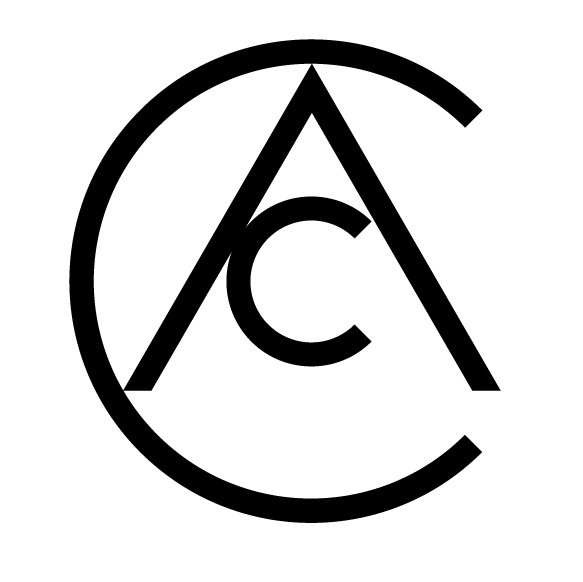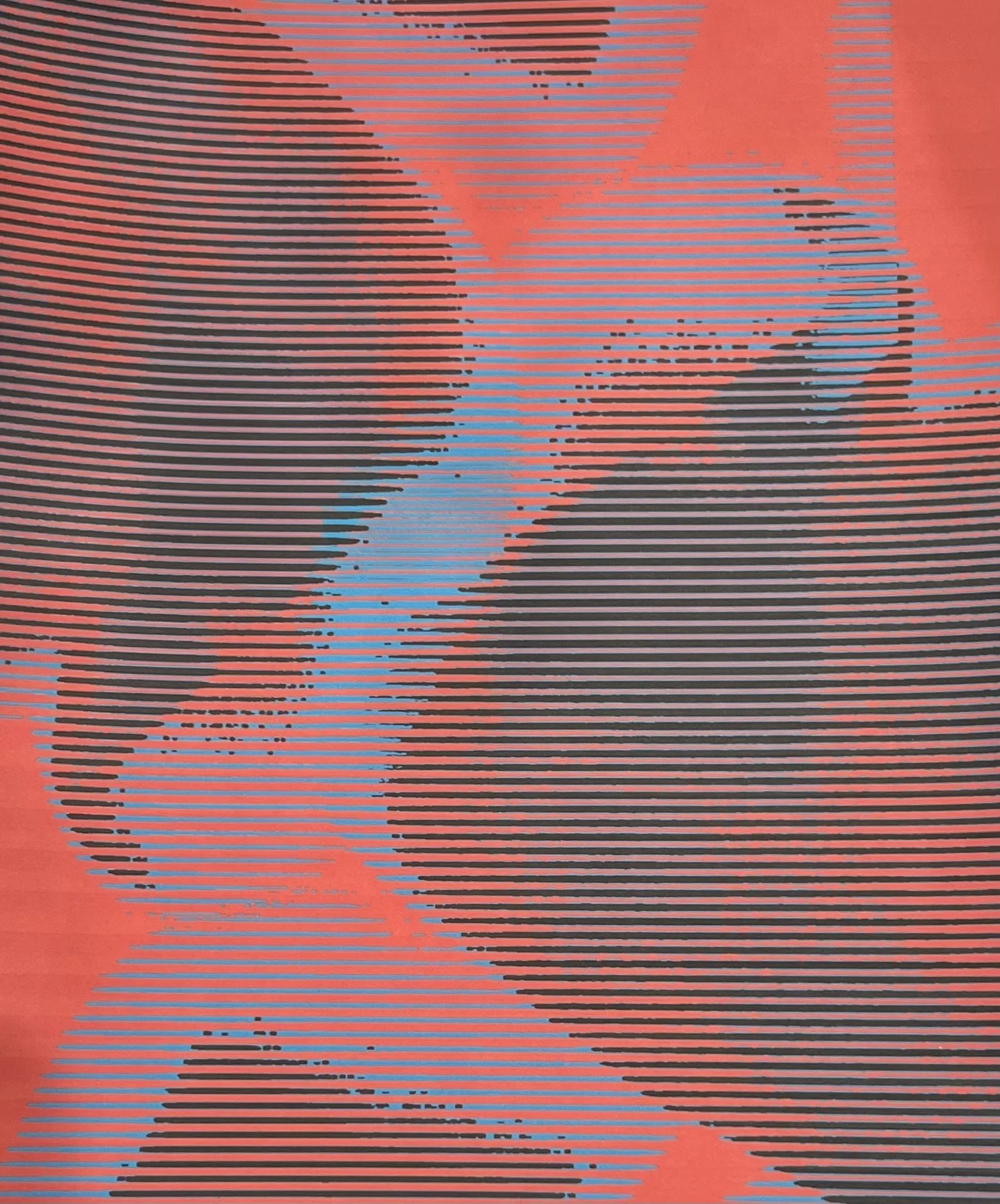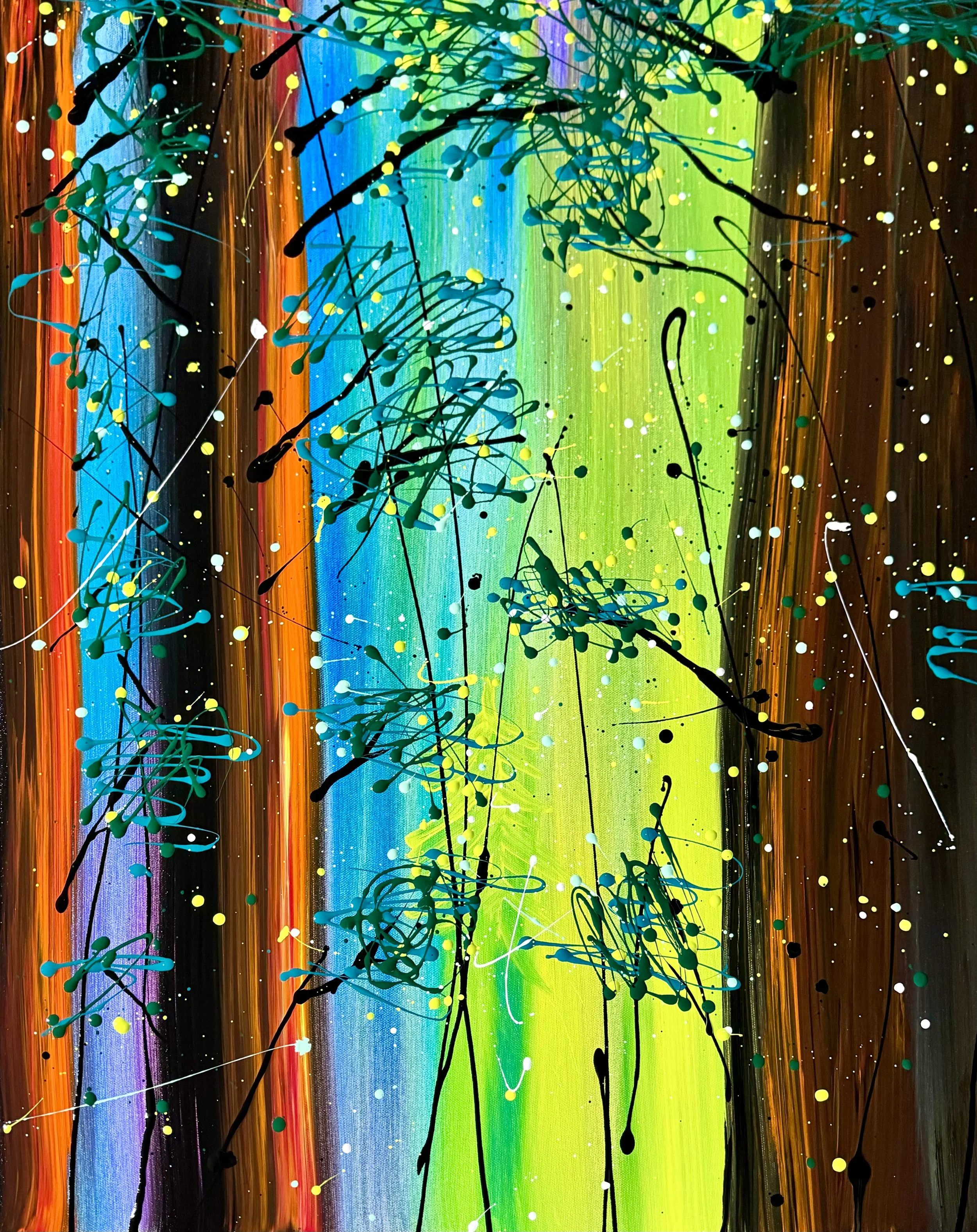In the realm of contemporary art, where abstraction and conceptual motifs often dominate, the works of Elena Dobrovolskaya emerge as a refreshing homage to realism. Her oeuvre, a delightful collection of paintings and drawings, revels in the beauty of the tangible world, capturing the essence of everyday objects and people with an almost poetic grace. This review delves into the heart of Dobrovolskaya's artistry, exploring the nuances that make her work not only aesthetically pleasing but also profoundly significant in today's art landscape.
All in Contemporary Art
Interview with Dorothea Elisabeth Piper
The German artist Dorothea Elisabeth Piper, also known under her artist name ELIA, has been living and working south of Berlin since 1980. Since 1956, she spent her childhood in Lutherstadt Wittenberg, an old historical city known for its rich traditions, and studied pedagogy in Potsdam. After another degree in accounting and controlling, and the birth of three wonderful children, she devoted herself completely to art. In 2002 she opened her workshop ELIA in Ludwigsfelde. She loves to share her passion for painting and teaching during classes in her own painting school, in her workshop, and as an independent painting tutor. She supports the Volkshochschule Teltow-Fläming and the Akademie 2. Lebenshälfte on a voluntary basis and practices art with seniors.
Robert Ram
Robert Ram's artworks invite spectators into a realm where the boundaries of surrealism and magical realism intertwine, resulting in a mesmerizing tapestry of the extraordinary. Every artwork presented here acts as a gateway, inviting the viewer to step into a meticulously constructed realm that surpasses the ordinary. It demands the suspension of disbelief, urging one to fully embrace a world where the implausible and the unimaginable seamlessly intertwine in perfect unity.
Interview with Asli Dogru
We are delighted to present an exclusive interview with the talented and versatile artist, Asli Dogru. Hailing from Istanbul, Asli's artistic journey has been nothing short of inspiring. Her passion for creativity and artistic expression has led her to explore various mediums, including painting, printmaking, photography, ceramics, graphic design, and web design.
Interview with Ursa Schoepper
What sparked your interest in science and how has that background influenced your approach to photography and art?
There are various aspects that artistically motivated me to choose photography. I grew up as a curious little girl in a beautiful landscape, near the Eggegebirge. My parents made me aware of the beauty of nature and my mother shared her passion for art with me. That's why I first studied biology. I was amazed at how beautiful the internal anatomy of a leaf, for example, looked. The cellular structure was real and at the same time reminiscent of abstract paintings. As a student, I had to draw these structures that I saw in the microscope. It became more helpful if they could be photographed.
Interview with Luciana Abait
Luciana Abait was born in Buenos Aires, Argentina and is currently based in Los Angeles. Her multimedia works deal with climate change and environmental fragility, and their impacts on immigration in particular.
Interview with Lusie Schellenberg
Who are some of the artists, past or present, who have influenced your work the most, and how do you hope your work will influence future artists?
Leonardo da Vinci is certainly one of the greatest artists of all time. His masterpieces, such as The Mona Lisa and The Last Supper, impress with their technical mastering idealism and anticipate many modern artistic trends. In my work, I will try to create unique works that will evoke emotions and imagination in people. I hope that my work will inspire future artists to experiment and create their own original art. Influencing other artists is a privilege, most of it, but it's a matter of time and does not depend on the wishes of the artist.)))
Interview with Marta Prominska
How did you develop the philosophy behind your hypnagogic art, and why do you find this concept so compelling?
Hypnagogic art is that which comes from the world in the corner of the eye, on the border between dream and reality, somewhere in between, in the truest and closest reality to ourselves. It is the delusion or truth, the line between consciousness and reality, the area where our subconscious begins to operate. Hypnagogic art, then, is that which touches our emotions truly without linking them to us common.
Interview with Alessandra Dieffe
Your thesis in History and Criticism of Cinema suggests a deep connection with film from early on. How has your academic background in Sociology and Cinema influenced your approach to digital art?
Digital art is a contemporary art form that immediately fascinated me. With time I increased the knowledge of this artistic form and I chose to represent my academic background and everything that has stratified over the years, during my personal learning path. This choice happened spontaneously and naturally.
Michael Surber
Michael W. Surber's artistry is a striking display of color's emotive force and an adventurous exploration of form. His approach to painting is dynamic, marked by a tactile and often thick application of paint that seems to jump off the canvas, engaging the viewer directly. Surber's skillful use of a wide range of colors, from fiery reds and oranges to calming blues and greens, exhibits his deep understanding of color theory and its emotional resonance.
Sodoma X
The digital art of Sodoma Xia is a profound exploration of the darker aspects of the human psyche, manifested through a digital medium. Her art is a testament to the shadowy corners of the soul, where fear and beauty coalesce into a singular, overwhelming experience. Each piece is a maelstrom of emotion, imbued with a sense of the infinite and the nocturnal. Xia's palette is a sophisticated symphony of darkness, where colors merge into each other, both hiding and revealing forms in a dance that is as much about what is seen as it is about what is suggested.
Katrin Loy
The photographic oeuvre of Katrin Loy is an intricate tapestry of emotional depth and cerebral landscapes, a profound exploration of the human psyche in its most unguarded state. In Loy's artistic statement, she professes an intent to delve into the essence and soul of humanity, capturing the perennial struggle for vision, the constant grappling with utopias and abysses, and the intimate encounter with the self and the other.
Patrick Joosten
Patrick Joosten stands out as a self-taught virtuoso in the abstract art scene, crafting pieces that are as spontaneous as they are meticulously thought out. His canvases serve as more than mere backdrops; they are vibrant arenas where color, texture, and form unite to orchestrate a complex visual experience. Joosten’s oeuvre is a compelling reminder of abstract art’s ability to stir emotions, prompt introspection, and challenge the viewer’s perspective.
Danny Van der Elst
Danny Van der Elst's photography captures the delicate interplay of light and shadow, creating an evocative dance across the contours of the human body. These images are a testament to the photographer's mastery of visual storytelling and command of the camera. The use of natural light to sculpt the subjects’ features brings a sense of raw authenticity and vulnerability to each composition.
Interview with Svetlana Malakhova
Svetlana, please share some of your earliest experiences or influences that led you to pursue an art career, mainly focusing on the human theme?
Actually, during my studying I had already understood that the most interesting theme for me is the human body. I distracted from humans, only during summer practice when we were focusing on landscapes and spent a lot of time painting fields and trees or parks and rivers not far from Moscow. So, during summer time, I was engrossed in landscape painting, but when I came back to Academy walls, I began to create with a new energy new artworks with human bodies and work with models. I think it had always been in my subconscious mind, but my mind understood it a little bit later. Then, I almost stop to work with any theme but humanity and I think one life is not enough to open this enormous and huge question.
Interview with Jianhui Ren
Mr Ren Jianhui, born in ChenDu, China. He graduated from Art Academy of Qing Hua University, his teacher was the art master Mr. Wu Guanzhong. He was selected as “Top 60 Masters of International Contemporarty artists” in 2013 by USA, Canada and Italy, he is also the first South East Asia artist to get this nomination. Mr. Ren Jianhui used to teach in National University of Singapore. He is the president of Artists Society of Singapore (2002 till present) and a member of China Artists Association.
Interview with Yuiko Amano
Transitioning from a science-based career to an art-focused one, what have been some of the most challenging and rewarding aspects of this journey?
No matter what I do, there will be challenges. I have a career in which I moved from science to architecture and then to art, but that was because I had a keen interest to know more at the time. I still have that interest today. Creative endeavours can sometimes have a glamorous, stage-like aspect, but in my opinion, after all, they are ‘self-reflection through expression.’ It is about thinking about ‘our own language’.
Interview with Milena Bini
In your varied artistic journey, starting in adolescence, what initially led you toward art as a form of expression and how has this inspiration evolved over time?
Art was initially therapeutic for me, the medium that allowed me to express my states of mind. I remember in my early adolescent conflicts feeling a strong uneasiness, running to the attic, grabbing everything I had on hand: sand, paper, paints, glues, etc., and instinctively transferring my malaise to canvas or board. Art was my salvation. This is precisely why I enrolled in one school after another to learn how to express myself better in this language. The real passion blossomed in high school where I had the good fortune to meet good teachers who passed on to me a love of art history and human figure drawing; attending classes got me hooked on oil painting, over time I experimented with different techniques and expressions in various artistic fields, I was thirsty to learn.
Interview with Giovanni Gambasin
Giovanni Gambasin, born in 1951, started out in a family that was foreign to the artistic world. However, destiny led him on a unique artistic path, growing up in an unusual context: his father was sacristan of a small church in Crespano del Grappa, designed by none other than Antonio Canova as a 'dress rehearsal' for the Canovian temple in Possagno, the neoclassical artist's birthplace. A certainly peculiar context for the training of an artist.
Interview with Maja Pavlovska - Maja Angel
How has your journey from Macedonia to the Netherlands influenced your artistic style and themes in your paintings?
First of all I would like to express the honor, happiness and thankfulness to you and the whole team of Contemporary Art Curator, for giving me this great opportunity to present my art journey to your visitors and audience world wide, who are interested in art. I hope that my art journey will be interesting for them, as well.




















